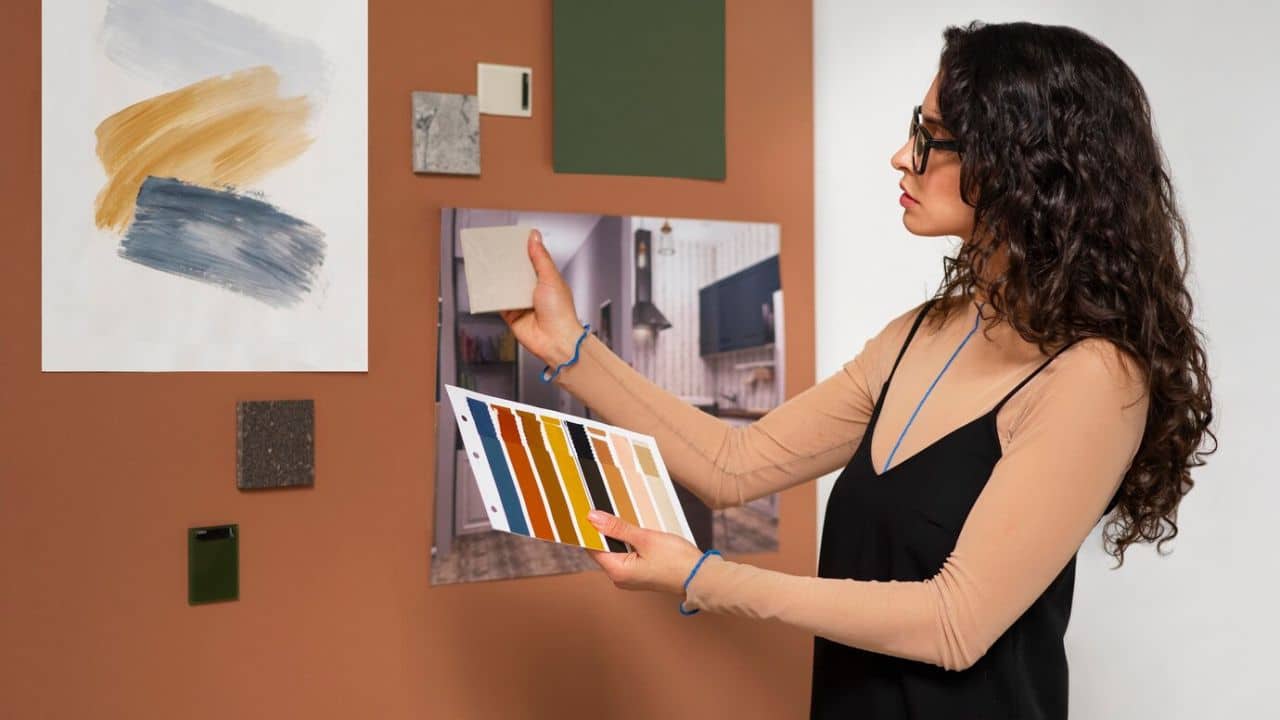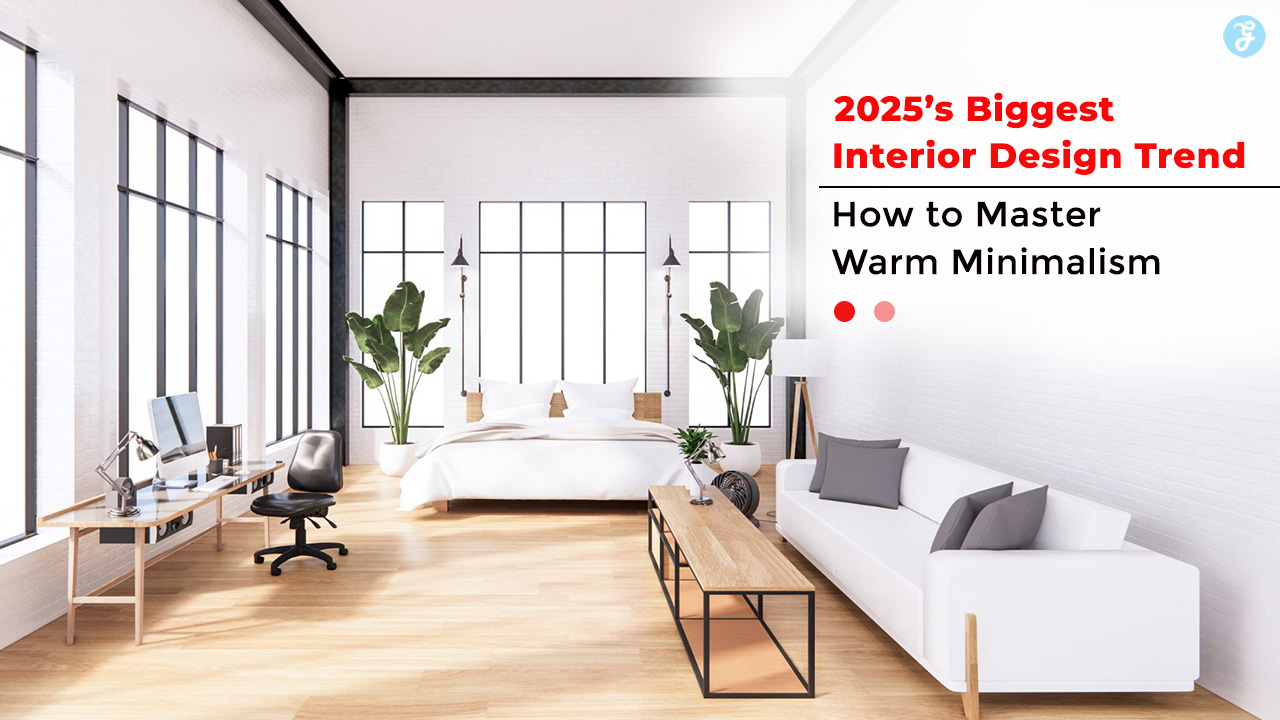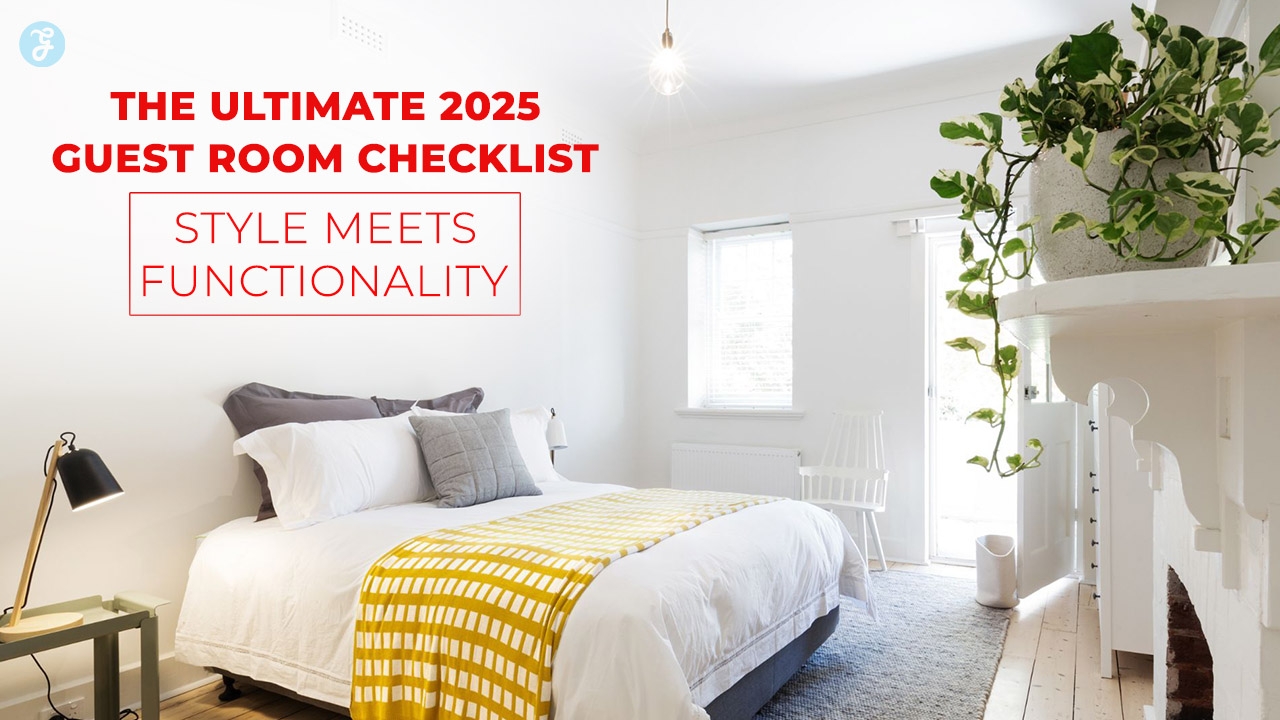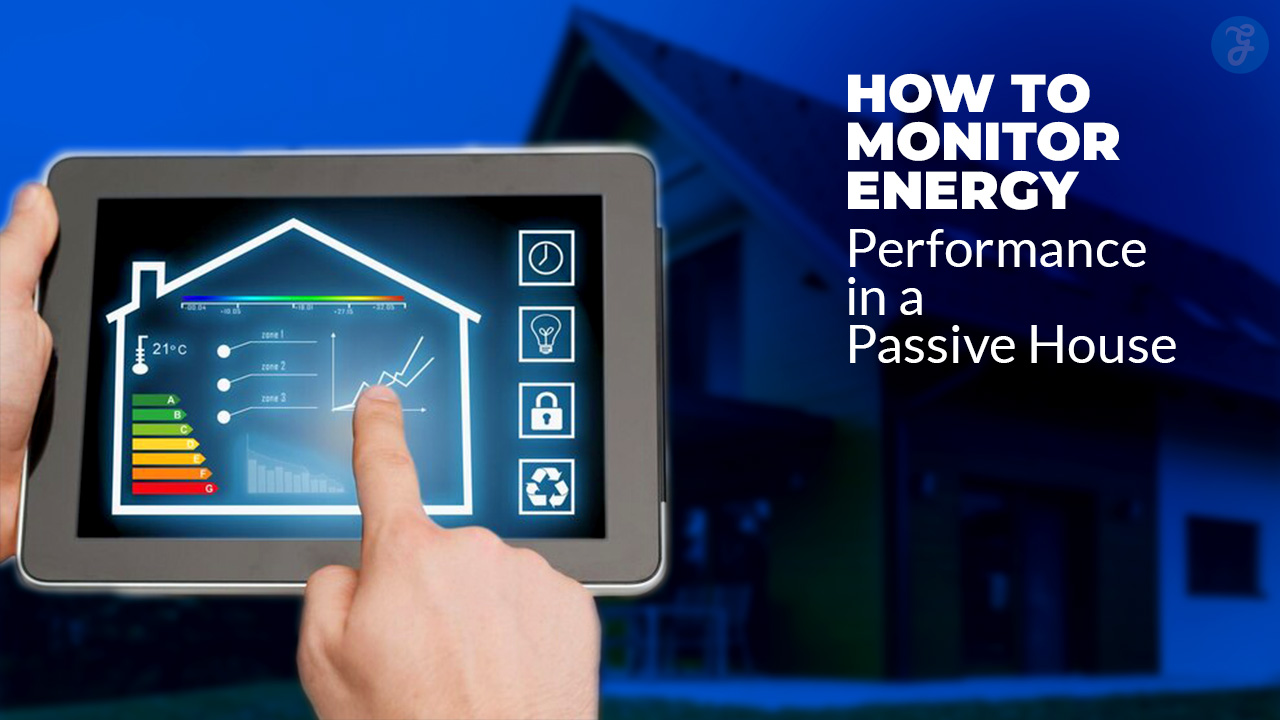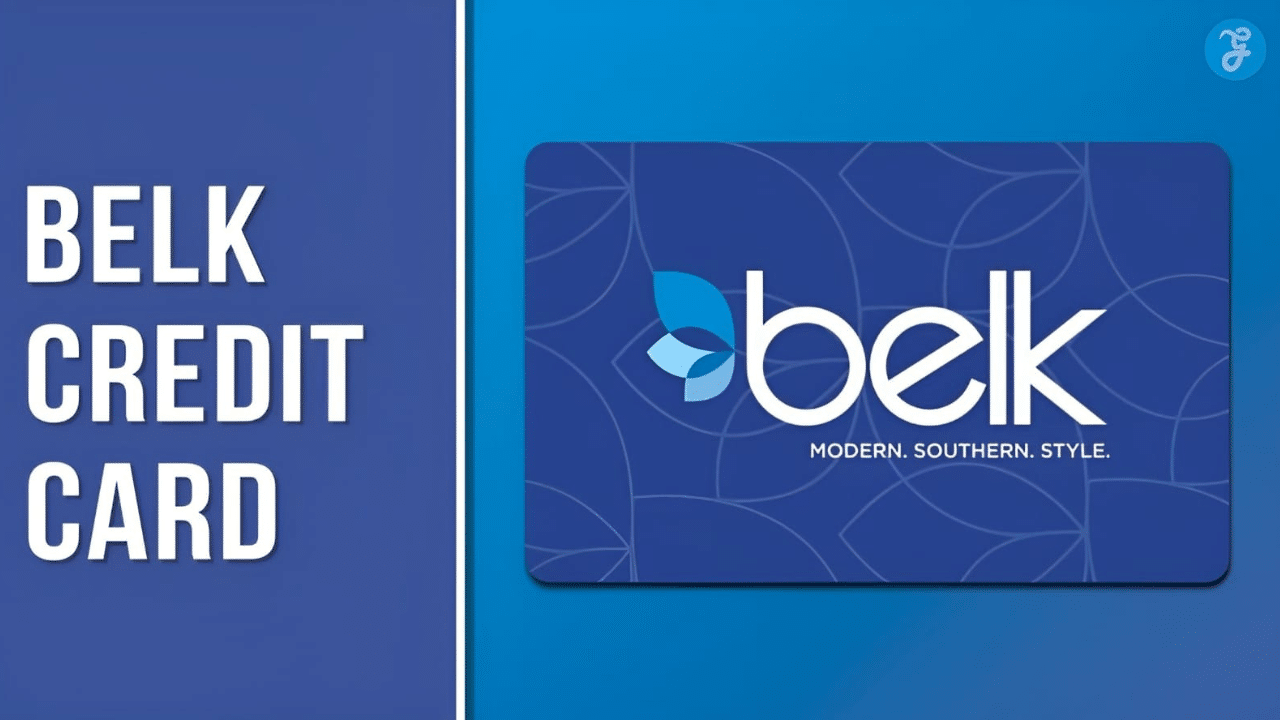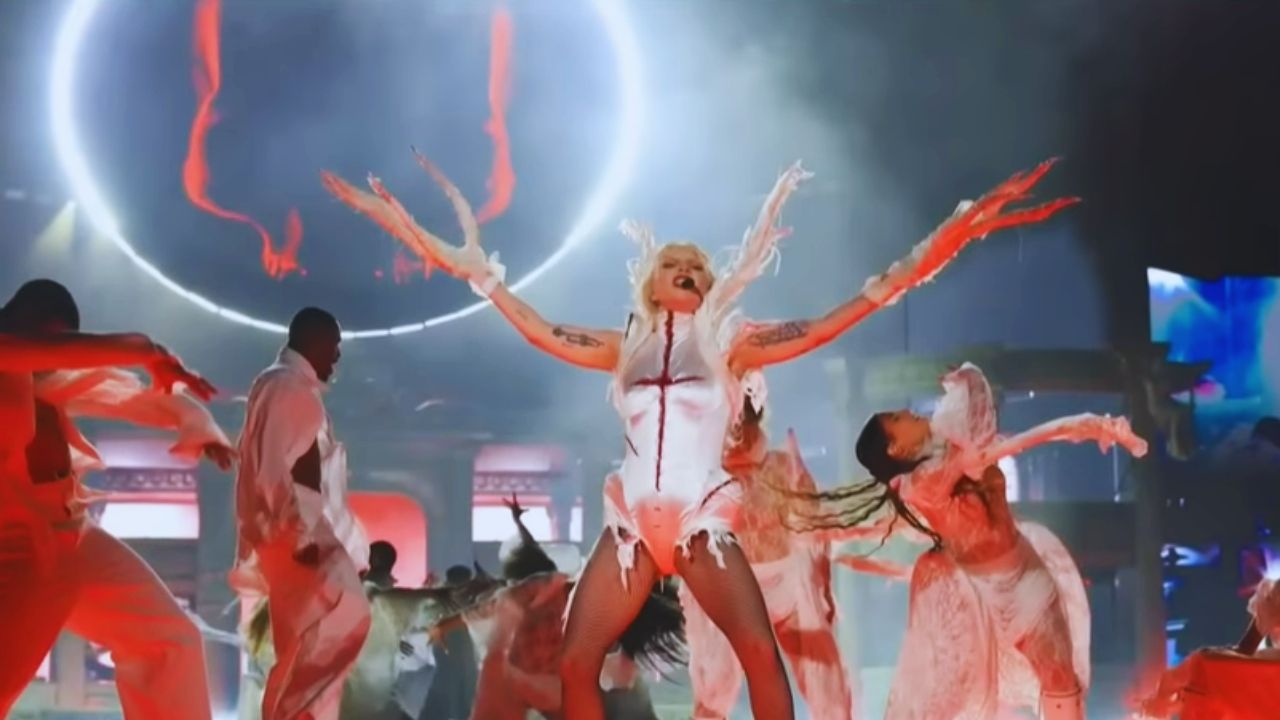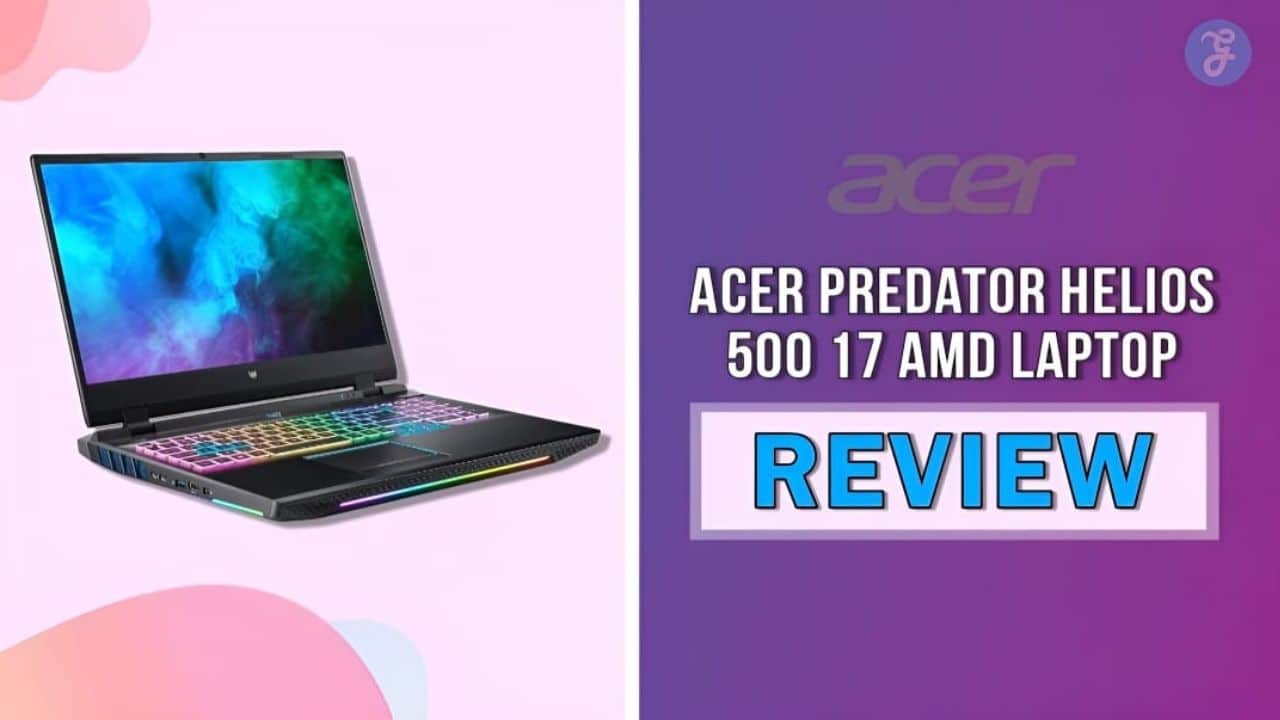Art prints are a fantastic way to personalize your home, add style, and create a unique atmosphere. With so many options available, it can be overwhelming to decide which type of print best suits your needs. This guide will help you understand the differences between canvas prints, framed prints, posters, and photo tiles, offering insights into their pros and cons to help you make an informed decision when choosing wall art.
Canvas Prints: Timeless and Versatile
Canvas prints are a popular choice for those looking to achieve a gallery-style look in their home. These prints are made by transferring an image onto canvas, which is then stretched over a wooden frame. Canvas prints can feature various art styles, from abstract and modern to classic and traditional, making them a versatile option for any decor.
Pros:
- Texture and Depth: Canvas prints provide a textured surface that adds depth to the artwork, creating a sophisticated and professional appearance.
- No Need for Framing: Since canvas prints are already stretched over a frame, they can be hung as-is, saving you the additional cost of framing.
- Lightweight: Despite their large size, canvas prints are relatively lightweight, making them easy to hang and reposition.
- Customizable Sizes: Available in various sizes, canvas prints can be tailored to fit any space, from small nooks to large statement walls.
Cons:
- Less Protection: Without a glass covering, canvas prints can be more susceptible to dust, moisture, and damage over time.
- Less Formal: While versatile, the frameless look of canvas prints may not suit more formal or traditional settings where a framed piece might be more appropriate.
Framed Prints: Classic Elegance and Protection
Framed prints consist of artwork printed on high-quality paper, enclosed within a protective frame and glass covering. The frame not only adds a decorative element but also protects the artwork from dust, light, and other environmental factors. Framed prints are available in a wide range of styles, from minimalist to ornate, allowing you to match them with your existing decor.
Pros:
- Protection: The glass covering provides excellent protection for the artwork, preserving its quality over time.
- Customizable Frames: Frames come in various materials, colors, and styles, allowing you to select one that complements the artwork and your home.
- Enhanced Presentation: The frame and matting (if included) can enhance the visual appeal of the art, making it stand out as a focal point on your wall.
- Easy to Replace: You can swap out the artwork if you wish to update your decor, keeping the same frame.
Cons:
- Heavier and More Fragile: Framed prints are typically heavier due to the glass and frame, requiring secure mounting and careful handling.
- Higher Cost: The addition of a frame and glass increases the overall cost, especially if custom framing is required.
- Reflection and Glare: Depending on the lighting in your space, glass can create reflections or glare, potentially obscuring the view of the artwork.
Posters: Affordable and Adaptable
Posters are one of the most accessible and affordable forms of wall art. Printed on lightweight paper, they are often used to display popular images, such as famous artworks, movie scenes, or inspirational quotes. Posters are ideal for those who want to change their decor frequently without committing to a more permanent or costly piece.
Pros:
- Cost-Effective: Posters are generally inexpensive, making them an excellent option for budget-conscious decorators.
- Easy to Replace: Since posters are affordable, you can easily switch them out to refresh your space with new styles or themes.
- Wide Range of Designs: Posters offer endless possibilities in terms of designs, from classic paintings to modern graphics.
Cons:
- Less Durable: Printed on thin paper, posters are more prone to wear and tear, creasing, and fading over time.
- Requires Framing: To achieve a polished look, posters often require framing, which can add to the cost and effort.
- Less Sophisticated: While posters are great for casual settings, they may not provide the high-end feel of a canvas or framed print.
Photo Tiles: Modern and Modular
Photo tiles are a contemporary art print option that has gained popularity for their modular design and ease of use. These lightweight, frameless tiles can be stuck to the wall using adhesive strips, allowing for easy repositioning without damaging walls. They are ideal for creating photo collages or dynamic displays.
Pros:
- Easy to Install: Photo tiles can be installed in minutes without nails or tools, making them perfect for renters or temporary spaces.
- Repositionable: Unlike traditional prints, photo tiles can be easily moved or rearranged to create new designs on your wall.
- Damage-Free: Adhesive strips allow tiles to be removed without damaging the wall, making them a renter-friendly option.
- Customizable Layouts: The modular nature of photo tiles enables endless creative arrangements, allowing you to personalize your space.
Cons:
- Limited Sizes: Photo tiles are generally available in smaller sizes, which may not be suitable for creating large, statement pieces.
- Less Formal Appearance: The frameless, lightweight design of photo tiles may lack the presence and sophistication of more traditional prints.
- Adhesive Limitations: The adhesive strips may lose their stickiness over time, requiring replacement or repositioning.
Making the Right Choice for Your Wall Art
When selecting art prints for your home, consider the style, budget, and practicality of each option. Canvas prints offer a timeless, gallery-like appearance, while framed prints provide classic elegance and protection. Posters are perfect for those seeking affordable, easily replaceable art, and photo tiles offer modern, modular designs ideal for temporary spaces.
Choosing the right wall art is all about finding a balance between aesthetics and functionality. Whether you prefer the sleek look of canvas, the traditional appeal of framed prints, or the adaptability of posters and photo tiles, each type brings its own unique charm to your space.


